During the meeting, we listened to a fascinating lecture entitled “Modern and Contemporary Art – Time Frames, Genealogy, Characteristics of Artistic Trends. Museums of Modern and Contemporary Art” delivered by Magdalena Jaksa Chadaj.
The speaker is a graduate of the Sculpture Department of the Academy of Fine Arts in Krakow and also studied at the Władysław Spasowski Institute of Teacher Education in Krakow. She creates in the field of ceramics, drawing, painting, stage design, poetry, and has conducted pedagogical activities in the artistic departments of schools in Nowy Sącz. She is a laureate of numerous awards.
Magdalena took us on a fascinating journey through the styles and trends in modern art starting from the 1860s with the emergence of the first black-and-white photographs, through the works of the Impressionists, Post-Impressionism, Pointillism, Cubism, Symbolism, Divisionism, Expressionism, Fauvism, Orphism, Hyperrealism, and finally to abstraction in painting, sculpture, and architecture in contemporary art dated from the end of World War II.
We learned the secrets of the workshops of such artists as Edgar Degas, Henry Matisse, Claude Monet, Pablo Picasso, William Turner, Georges Seurat, Vincent van Gogh, Paul Cézanne, Wassily Kandinsky, Salvador Dali, Andy Warhol, and many others, as well as examples of their philosophical reflections on art, for example:
• I hope that all my works have a light and pleasant breath of spring, not revealing how much work they sometimes cost me.
• Despite studying and learning, one should always cherish the original naivety in oneself.
• Art is a lie that makes us realize the truth.
• You will not understand art until you understand that in art 1+1 can give any number except 2.
• I paint objects as I think about them, not as I see them.
Polish artists were also given a prominent place in the lecture: Józef Chełmoński, Kazimierz Malewicz, Olga Boznańska, Aleksander Gierymski, Władysław Podkowiński, Stanisław Stanisławski, Tamara Łępicka, Stanisław Wyspiański, Stanisław Ignacy Witkiewicz, Katarzyna Kobro, Władysław Strzemiński, Jerzy Nowosielski, Władysław Hasior, Wojciech Fangor, Robert Kusmirowski, Jacek Malczewski, Józef Mehoffer and others.
In the final part of the lecture, we got acquainted with examples of architectural creations in modern and contemporary art, and then the author presented a list of interesting museums where we can deepen our knowledge on the topics covered by the lecture.
An integral part of contemporary art is also spatial installations and street art represented, for example, by Banksy or Justyna Posiecz-Polkowska, or by authors of interesting murals from Nowy Sącz such as Mgr Mors, Nupz, Blew, Dase, Kont, are also an integral part of contemporary art.
The journey through the land of art met with great interest from the audience.
In reference to Ms. Magdalena’s lecture, our colleague Jarek Szewczyk presented selected examples of “creativity” by Artificial Intelligence, which is dynamically marking its presence in the art market. The versatile training of neural networks has resulted in artists such as painters, graphic designers, sculptors, poets, and musicians facing unexpected competition from “machines” that, initiated by a single “prompt” – a short written or voice command – can create “works” worthy of masters within seconds.
Despite the critical opinions of art connoisseurs, this activity poses an unexpected threat to human creators, especially since machine creations are successfully entering art auctions.
Additionally, there is also a threat of a flood of disinformation in the form of photos, voice reports, and videos created using Artificial Intelligence algorithms, which present false events in the world of politics, culture, or in the social and moral sphere (deep fakes).
At the next meeting, we will focus on conversations with various AI models and on assessing their creative capabilities or “reasoning” abilities, comparable to human thought processes.
Admin JS+AI
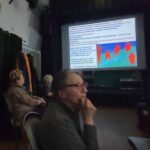
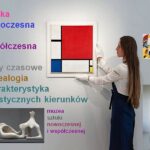

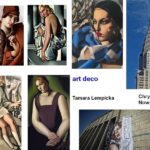
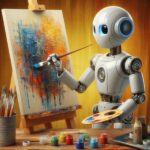

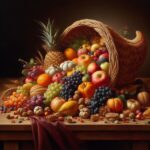
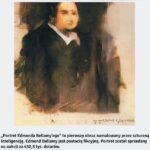
Leave a Reply